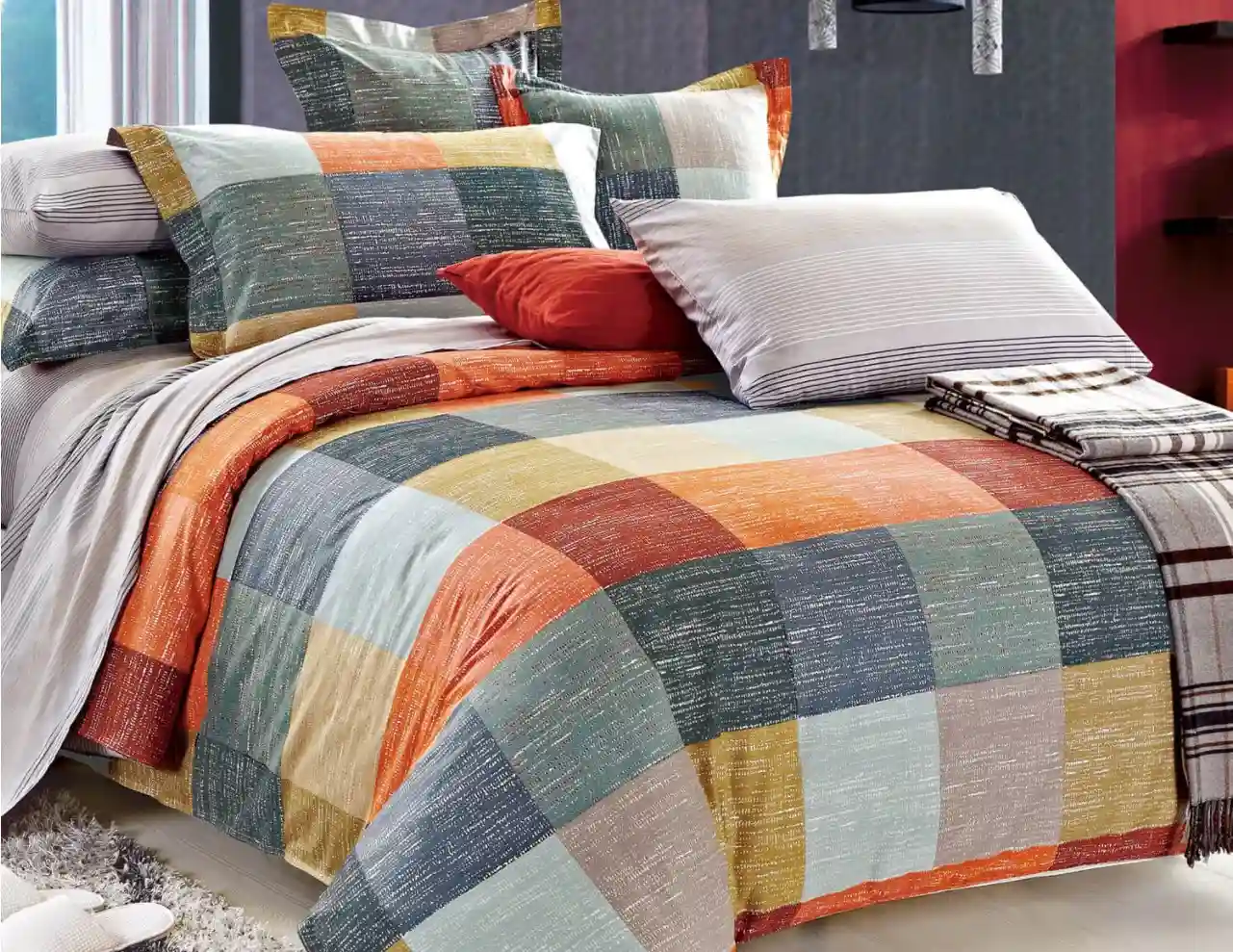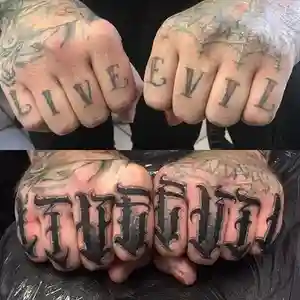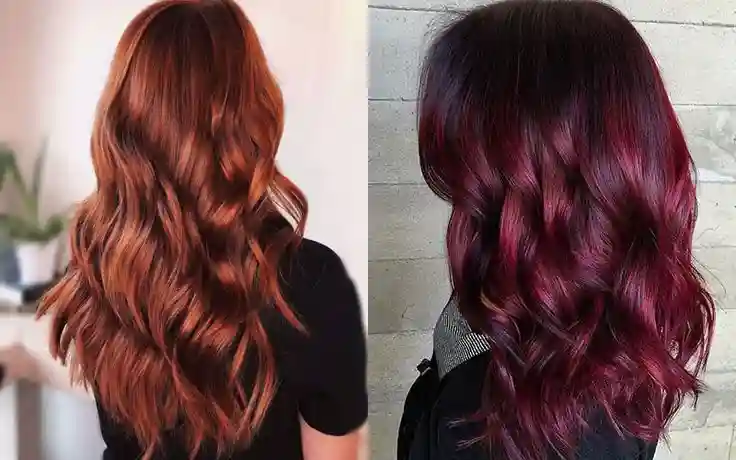When it comes to bedroom essentials, one item that often raises questions is the duvet cover. Many people wonder, What is a duvet cover? and “Do I really need one?” In this comprehensive guide, we’ll explore everything you need to know about duvet covers, from their definition and purpose to their benefits and how to choose the right one for your bed.
What is a Duvet Cover?
A duvet cover is a protective layer that encases a duvet or comforter. It’s essentially a large, removable case that slips over your duvet, much like a pillowcase covers a pillow. But what is a duvet cover’s primary purpose? Let’s break it down:
- Protection: A duvet cover shields your duvet from dirt, dust, and stains, extending its lifespan.
- Decoration: It allows you to easily change the look of your bedding without replacing the entire duvet.
- Easy Cleaning: Duvet covers are typically machine washable, making it simple to keep your bedding fresh and clean.
The Anatomy of a Duvet Cover
To fully understand what a duvet cover is, it’s essential to know its components:
- Top Layer: The decorative side that’s visible when the bed is made.
- Bottom Layer: The underside that’s in direct contact with the duvet.
- Closure System: Usually buttons, snaps, or a zipper to secure the duvet inside.
- Corner Ties: Internal fasteners to keep the duvet in place and prevent bunching.
Duvet Cover vs. Comforter: What’s the Difference?
When exploring what a duvet cover is, it’s common to wonder how it differs from a comforter. Here’s a quick comparison:
| Duvet Cover | Comforter |
|---|---|
| Removable, washable cover | All-in-one bedding solution |
| Used with a separate duvet insert | Filled and ready to use |
| Easy to change styles | Fixed design |
| Generally more versatile | Often thicker and heavier |
Benefits of Using a Duvet Cover
Now that we’ve answered the question What is a duvet cover?, let’s explore why you might want to use one:
- Versatility: Easily change your bedroom’s look by swapping covers.
- Cost-Effective: Less expensive to replace than an entire duvet or comforter.
- Hygienic: Easier to wash regularly than a bulky duvet.
- Seasonal Adaptability: Use different materials for summer and winter.
- Protection: Extends the life of your duvet insert.
How to Choose the Right Duvet Cover
Selecting the perfect duvet cover involves considering several factors:
Material
The material of your duvet cover affects its feel, durability, and care requirements. Common options include:
- Cotton
- Linen
- Microfiber
- Silk
- Bamboo
Each material has its pros and cons, so consider your preferences for texture, breathability, and maintenance.
Size
Ensuring the right fit is crucial when choosing a duvet cover. Common sizes include:
- Twin
- Full/Double
- Queen
- King
- California King
Always measure your duvet insert and check the dimensions of the cover to ensure a proper fit.
Design and Color
The design of your duvet cover can significantly impact your bedroom’s aesthetics. Consider:
- Solid colors for a minimalist look
- Patterns for added visual interest
- Textures to create depth
- Seasonal designs for holiday themes
Closure Type
The closure system affects how easy it is to put on and remove the duvet cover:
- Buttons offer a classic look but can be time-consuming
- Zippers provide quick and secure closure
- Snap fasteners offer a balance of aesthetics and convenience
Care Instructions
Always check the care label before purchasing. Some covers require special care, while others are machine washable for easy maintenance.
How to Put on a Duvet Cover
One common question after learning what a duvet cover is: “How do I use it?” Here’s a simple method known as the “burrito roll” technique:
- Turn the duvet cover inside out and lay it flat on the bed.
- Place the duvet on top of the cover, aligning the corners.
- Roll both the duvet and cover together from the head of the bed to the foot.
- Invert the opening of the cover over the rolled bundle.
- Fasten the closure.
- Unroll the bundle back toward the head of the bed.
- Shake and fluff to distribute the duvet evenly.
Caring for Your Duvet Cover
To keep your duvet cover in top condition:
- Follow the care label instructions
- Wash every 1-2 weeks for optimal hygiene
- Use mild detergent to protect the fabric
- Avoid overloading your washing machine
- Air dry when possible, or use a low heat setting in the dryer
DIY Duvet Covers: A Creative Alternative
For the crafty individuals wondering “What is a duvet cover I can make myself?”, creating a DIY duvet cover can be a fun and personalized option. Here’s a basic overview:
- Choose your fabric (you’ll need enough for the top, bottom, and closure panel)
- Cut the fabric to size, adding seam allowances
- Sew the top and bottom pieces together on three sides
- Create and attach the closure panel
- Add corner ties if desired
- Turn right side out and press
Remember, DIY options allow for unique designs and custom sizes that might not be available in stores.
Duvet Covers Around the World
The concept of what a duvet cover is varies slightly in different cultures:
- Europe: Widely used and often referred to as a “duvet cover” or “quilt cover”
- North America: Gaining popularity, sometimes called a “comforter cover”
- Japan: Similar concept known as a “kakebuton cover”
- Scandinavia: Common practice to use two single duvets with individual covers for a double bed
Environmental Impact of Duvet Covers
In today’s eco-conscious world, it’s worth considering the environmental aspect of what a duvet cover is and how it’s produced:
- Choosing organic or sustainably sourced materials can reduce environmental impact
- Duvet covers can extend the life of duvets, reducing waste
- Opting for high-quality, durable covers means less frequent replacements
Innovative Features in Modern Duvet Covers
As bedding technology advances, the answer to What is a duvet cover? is evolving. Some modern features include:
- Temperature-regulating fabrics
- Hypoallergenic materials
- Moisture-wicking properties
- Smart fabrics with antimicrobial treatments
Common Myths About Duvet Covers
Let’s debunk some misconceptions about what a duvet cover is and isn’t:
- Myth: Duvet covers are only for winter use. Fact: They can be used year-round with appropriate fabric choices.
- Myth: Duvet covers are expensive. Fact: While high-end options exist, there are affordable choices for every budget.
- Myth: They’re difficult to maintain. Fact: Most duvet covers are easier to clean than traditional bedspreads or comforters.
- Myth: Duvet covers are just for decoration. Fact: They serve both functional and aesthetic purposes.
Conclusion
Now that we’ve thoroughly explored the question What is a duvet cover?, it’s clear that this versatile bedding item offers numerous benefits. From protection and easy maintenance to style versatility and comfort, duvet covers are a smart choice for any bedroom.
Whether you’re looking to refresh your bedroom’s look, simplify your bedding care routine, or invest in a long-lasting bedding solution, a duvet cover might be just what you need. With the right choice of material, size, and design, you can transform your sleeping space into a cozy, personalized retreat.





